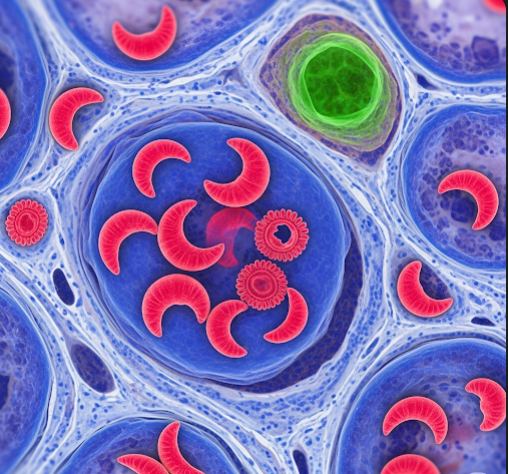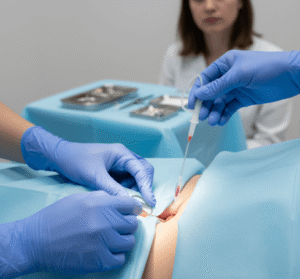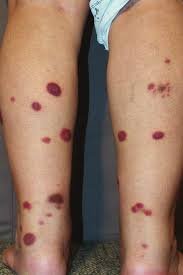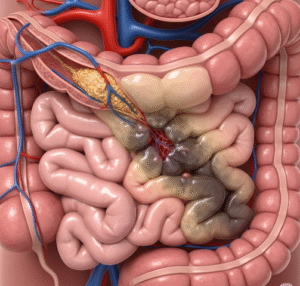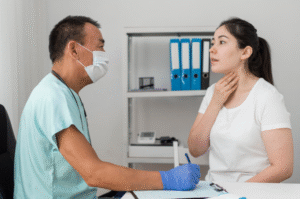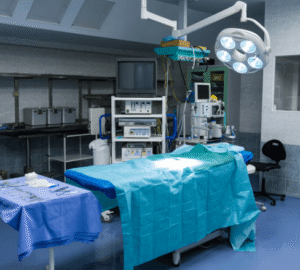Overview
Toxoplasmosis is an infectious disease caused by the protozoan parasite Toxoplasma gondii. It is one of the most common parasitic infections worldwide, often transmitted through undercooked meat, contaminated water, soil, or contact with cat feces. While most healthy individuals remain asymptomatic, toxoplasmosis can cause severe complications in pregnant women, newborns, and immunocompromised patients. South Korea offers advanced diagnostic facilities, effective medical treatments, and prenatal care programs to detect and manage toxoplasmosis, minimizing potential complications and promoting maternal and fetal health.
What is Toxoplasmosis?
Toxoplasmosis is an infection that occurs when Toxoplasma gondii enters the human body. The parasite has a complex life cycle, with cats serving as the definitive host, shedding oocysts in their feces. Humans can acquire the infection through ingestion of contaminated food or water, handling cat litter, or transplacental transmission during pregnancy. In healthy adults, toxoplasmosis is often mild or asymptomatic, but in high-risk groups—such as pregnant women or immunocompromised individuals—it can lead to severe systemic disease, including congenital infections, ocular involvement, and neurological complications. Korean hospitals and laboratories provide accurate serological and molecular tests to confirm infection early and guide treatment.
Symptoms
Symptoms of toxoplasmosis vary based on the individual’s immune status and the timing of infection:
- Mild or asymptomatic: Most healthy adults experience no noticeable symptoms
- Flu-like symptoms: Fever, fatigue, headache, muscle aches, and swollen lymph nodes
- Ocular toxoplasmosis: Blurred vision, eye pain, redness, and potential retinal damage
- Congenital toxoplasmosis: Miscarriage, stillbirth, or serious birth defects including hydrocephalus, intracranial calcifications, and chorioretinitis
- Neurological symptoms: Confusion, seizures, and encephalitis in immunocompromised patients
- Systemic signs: Malaise, weakness, and prolonged fatigue
Symptoms may develop weeks after exposure, and early recognition is crucial for effective management.
Causes
Toxoplasmosis is caused by Toxoplasma gondii, which infects humans through several routes:
- Ingestion of undercooked or raw meat: Especially pork, lamb, or venison containing tissue cysts
- Contact with cat feces: Handling contaminated litter boxes or soil
- Contaminated water or produce: Ingesting oocysts from soil or unwashed vegetables
- Transplacental transmission: From an infected mother to her fetus
- Organ transplantation or blood transfusion: Rarely, from infected donors
The parasite can invade cells, multiply, and form cysts in various tissues, leading to persistent infection.
Risk Factors
Certain individuals are more susceptible to toxoplasmosis or severe outcomes:
- Pregnant women and their developing fetuses
- Immunocompromised patients, including those with HIV/AIDS, cancer, or on immunosuppressive therapy
- Individuals consuming undercooked or raw meat
- People with close contact with cats or contaminated soil
- Poor hygiene practices or lack of awareness about infection prevention
Recognizing these risk factors allows for targeted preventive measures in Korea.
Complications
Toxoplasmosis can cause severe health problems in high-risk populations:
- Congenital complications: Miscarriage, stillbirth, and serious neonatal defects
- Ocular disease: Retinochoroiditis leading to vision loss or blindness
- Neurological disease: Encephalitis, seizures, and cognitive impairment in immunocompromised patients
- Systemic infection: Pneumonia, myocarditis, or multi-organ involvement in severe cases
- Reactivation of latent infection: In patients with weakened immunity, dormant cysts can reactivate and cause serious illness
Early diagnosis and treatment in Korean medical facilities help reduce these risks and improve long-term outcomes.
Prevention
Preventing toxoplasmosis focuses on hygiene, food safety, and awareness:
- Cook meat thoroughly to safe internal temperatures
- Wash fruits, vegetables, and hands after handling raw meat or soil
- Avoid handling cat litter, or wear gloves and wash hands thoroughly
- Pregnant women should take special precautions to avoid exposure
- Use clean water sources and avoid unpasteurized dairy products
- Educate patients about transmission risks and preventive measures
Korean public health initiatives emphasize maternal screening and education to reduce congenital toxoplasmosis cases.
Treatment Options in Korea
South Korea offers comprehensive care for toxoplasmosis, including diagnosis, pharmacological treatment, and supportive care:
Diagnosis:
- Serological tests detecting IgG and IgM antibodies
- Polymerase chain reaction (PCR) testing for early and congenital infection
- Ophthalmologic examination for ocular involvement
- Prenatal screening during pregnancy for high-risk individuals
Medical Treatments:
- Pyrimethamine and sulfadiazine: Standard therapy for active infections, often combined with folinic acid to prevent bone marrow suppression
- Spiramycin: Used during early pregnancy to reduce fetal transmission
- Clindamycin or azithromycin: Alternative treatments in cases of drug intolerance or resistance
- Supportive care: Symptom management including fever reduction, hydration, and nutritional support
Rehabilitation and Support:
- Regular follow-up for ocular and neurological monitoring
- Maternal counseling during pregnancy to manage risk
- Patient education on hygiene, dietary precautions, and pet care
- Long-term management in immunocompromised patients to prevent reactivation
Korean medical centers integrate early diagnosis, advanced drug therapy, and patient-centered care to manage toxoplasmosis effectively and prevent complications.

